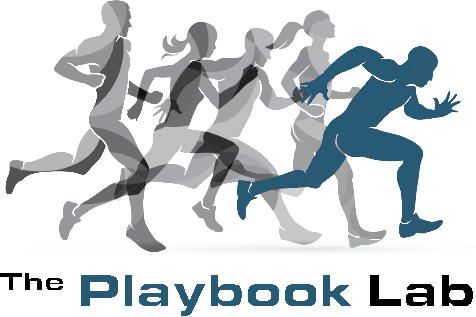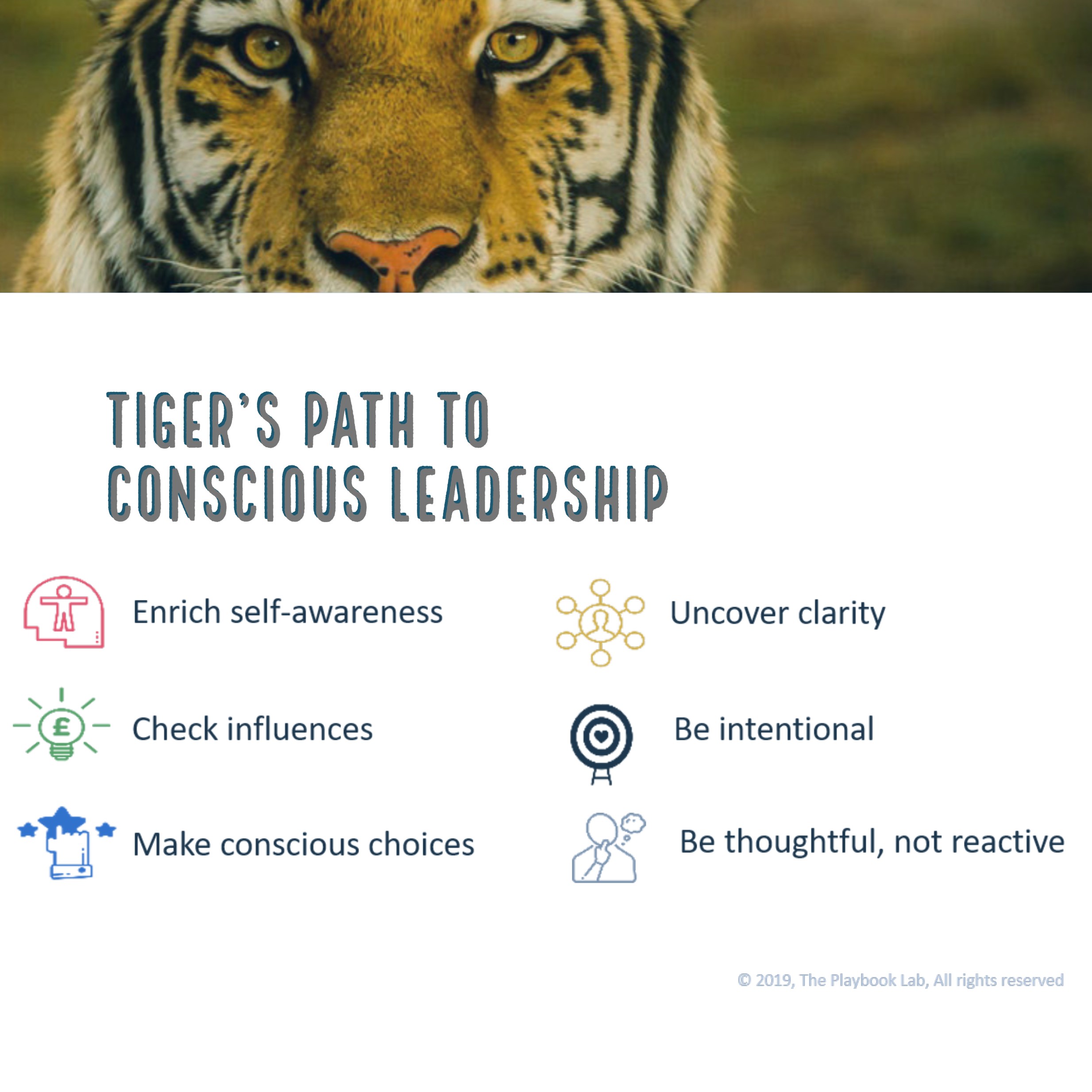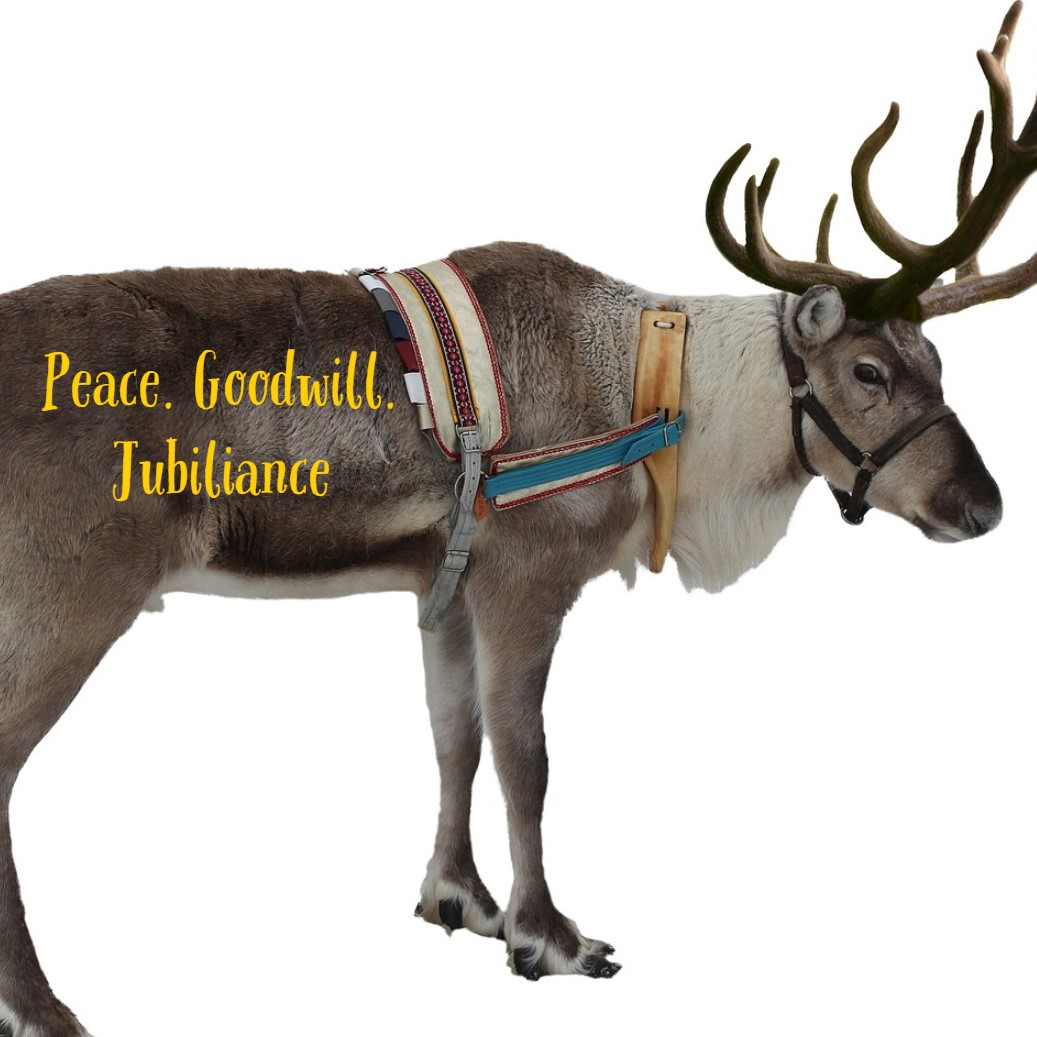Like millions around the world, I too became mesmerized by Tiger Wood’s path to victory on Sunday. And the ending was memorable and heart-warming. I’m a sucker for these situations.
But his victory took much soul-searching about himself, and wanting something he had already tasted many times. 14 major titles, a feat only the great Jack Nicklaus has exceeded. Add to that a major title drought of 11 years, and a down-in-the dump life between his struggles at home and back issues.
Tiger’s about-face is a journey and it so aptly circles what I refer to as the “6 ways to grow as a conscious leader” on and off the field. Think about them as we think about Tiger:
Enrich self-awareness – Tiger self-reflecting about his “whole person”. Because it starts here making that commitment, about anything and everything that influences him and others. He has been so focused on his down periods and physical issues, he didn’t really think about others around him, or how it might affect his leadership. And being such a visible celebrity, his influence is infectious.
Uncover Clarity – Clarity is like peeling back the onion. And for Tiger, clarity is about his commitment, his courage to confront and proceed with his development of his character, how he shows up. The Tiger Woods brand is wrapped up in all of this, and with clarity, the Tiger brand re-emerged.
Verify influences – Much has been said about his dad, Earl. The influence he had on Tiger, the love and support and the characteristics his dad instilled in him. Fast forward today, a new role as dad has emerged with his daughter Sam and son Charlie, and the longing for being proud of himself and his family’s influence - being proud of him. We all have influences that we turn to and are aligned with.
Be intentional – It seems he understood his wanting to live his life being happy and fulfilled with what he has. Anchored by his will to not give up, he made the journey of his return about what he cherished most: family, health, golf and joy. And all decisions he made reflected these intentions.
Make conscious choices – Tiger made choices about what’s important to him. We make choices about every day activities such as time with family, in his case commitment and return to golf excellence, physical well-being and the list goes on. When we make conscious choices is when we lead with conviction and authenticity and perform our best. It's what we want, not what we need.
Be thoughtful, not reactive - Great athletes, and for that matter leaders, are thoughtful in how they express themselves. It’s easy to get in to reactive mode, when we act on impulse. And while sometimes it can serve us, patience is on the side of being thoughtful. It would seem Tiger was thoughtful on the course and off. He looked relaxed, controlled, and happy with his choices.
Nobody would dispute that Tiger is one of the greatest athletes of all time. But this story for me is about his wanting for happiness and fulfillment. His “never give up” mindset on Sunday is testimonial to the athlete and the man on his rocky road journey, just like the undulations and unpredictability of a golf course. We all can learn from this historical day.















